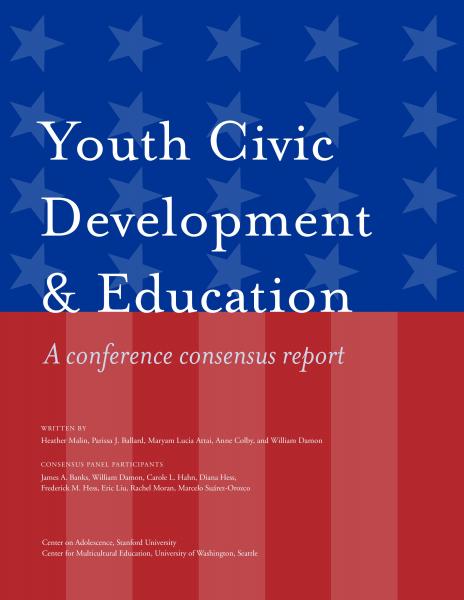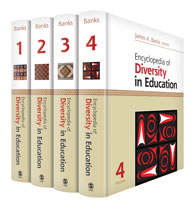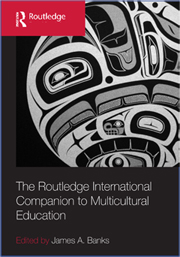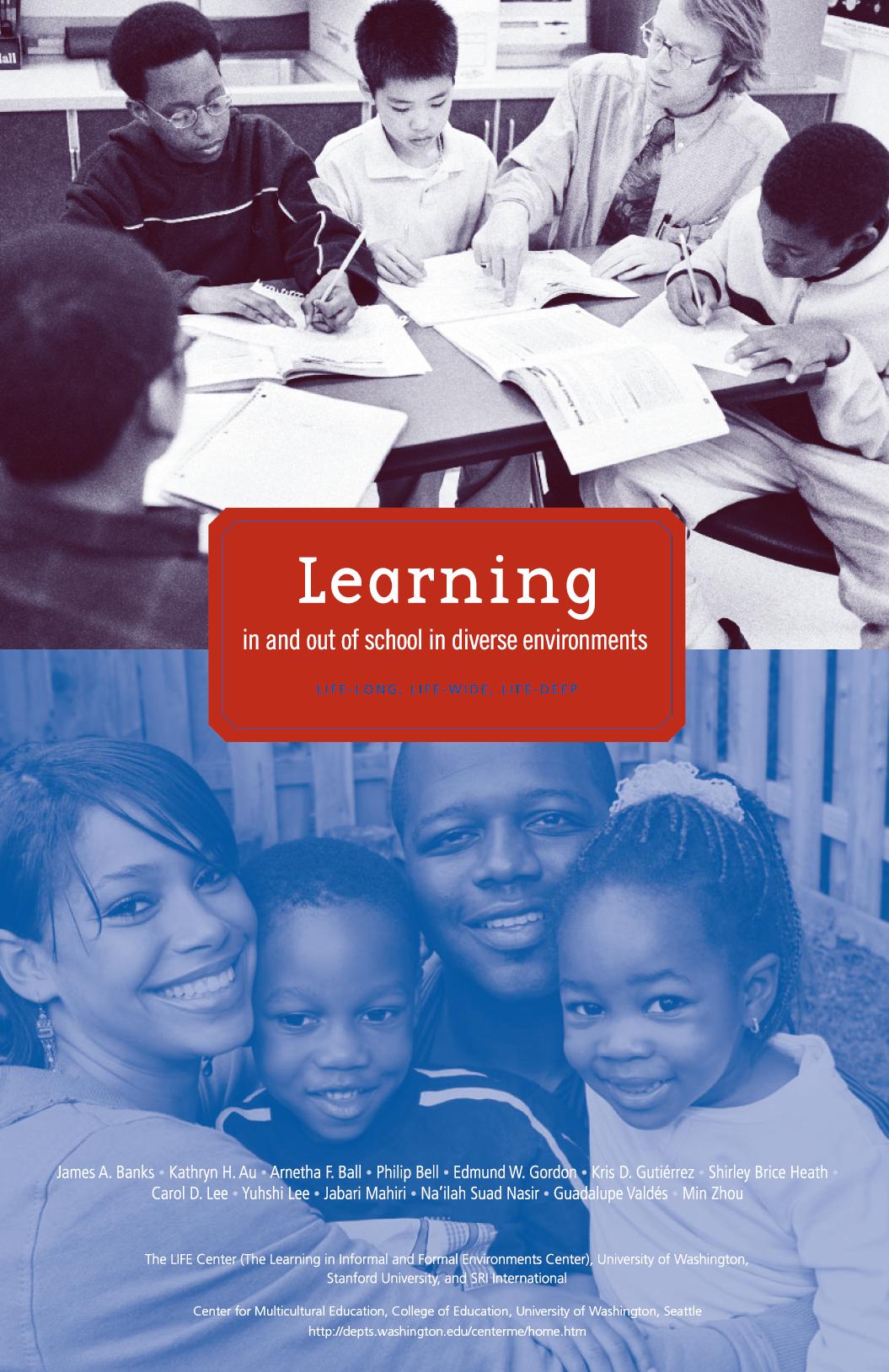Recent Publications
Citizenship Education and Global Migration: Implications for Theory, Research and Practice
Edited by James A. Banks

This groundbreaking book describes theory, research, and practice that can be used in civic education courses and programs to help students from marginalized and minoritized groups in nations around the world attain a sense of structural integration and political efficacy within their nation-states, develop civic participation skills, and reflective cultural, national, and global identities. This book includes chapters that describe the problems that 18 nations around the world are experiencing trying to create and implement effective civic education programs for students from diverse racial, ethnic, cultural, and linguistic groups and case studies of effective ways that teachers and other educators are working to resolve these problems.
The book can be ordered online here.
Youth Civic Development and Education: A Conference Consensus Report
Heather Malin, Parissa J. Ballard, Maryam Lucia Attai, Anne Colby, and William Damon
Consensus Panel Participants
James A. Banks, William Damon, Carol L. Hahn, Diana Hess, Frederick M. Hess, Eric Liu, Rachel Moran, Marcelo Suarez-Orozco
 Historically, public schools in the United States took on civic education as one of its primary missions. In the present environment, with the focus on testing in the basic skills, schools do not devote sufficient time and effort to civic education, nor is civic education high on the priority lists of influential policy makers. To call attention to the need to devote more time to civic education in the schools, the Stanford Center on Adolescence has developed Youth Civic Development and Education: A Conference Consensus Report as the culmination of a two-year project, which was published jointly by the Stanford Center on Adolescence and the Center for Multicultural Education.
Historically, public schools in the United States took on civic education as one of its primary missions. In the present environment, with the focus on testing in the basic skills, schools do not devote sufficient time and effort to civic education, nor is civic education high on the priority lists of influential policy makers. To call attention to the need to devote more time to civic education in the schools, the Stanford Center on Adolescence has developed Youth Civic Development and Education: A Conference Consensus Report as the culmination of a two-year project, which was published jointly by the Stanford Center on Adolescence and the Center for Multicultural Education.
This report highlights the important of civic education in schools when a large number of immigrants are students in our schools. It also calls upon schools throughout the nation to take greater responsibility for civic education and offers a set of guidelines for addressing the civic needs and interests of our diverse student population in the 21st century. More»
Encyclopedia of Diversity in Education. 
Edited by James A. Banks
With about 700 signed entries with cross-references and recommended readings, the Encyclopedia of Diversity in Education presents research and statistics, case studies, and best practices, policies, and programs at pre- and postsecondary levels. Diversity is a worldwide phenomenon, and while most of the entries in the Encyclopedia will focus on the United States, diversity issues and developments in nations around the world, including the United States, are intricately connected. More»
 The Routledge International
The Routledge International
Companion to Multicultural Education
Edited by James A. Banks
This volume is the first authoritative reference work to provide a truly comprehensive international description and analysis of multicultural education around the world. It is organized around key concepts and uses case studies from various nations in different parts of the world to exemplify and illustrate the concepts.
Case studies are from many nations, including the United States, the United Kingdom, Canada, Australia, France, Germany, Spain, Norway, Bulgaria, Russia, South Africa, Japan, China, India, New Zealand, Malaysia, Singapore, Indonesia, Brazil, and Mexico. Two chapters focus on regions, Latin America and the French-speaking nations in Africa. The book is divided into ten sections, covering theory and research pertaining to curriculum reform, immigration and citizenship, language, religion, and the education of ethnic and cultural minority groups among other topics. More»
Read a published review of the Companion.
Learning In and Out of School in Diverse Environments: Life-Long, Life-Wde, Life-Deep
James A. Banks, Kathryn H. Au, Arnetha F. Ball, Philip Bell, Edmund W. Gordon, Kris D. Gutiérrez, Shirley Brice Heath, Carol D. Lee, Yuhshi Lee, Jabari Mahiri, Na'ilah Suad Nasir, Guadalupe Valdés, Min Zhou

(Click here for information on how to order this publication
(Click here to download a PDF version of Learning In and Out of School in Diverse Environments)